 |
1970Richard T. Whitcomb invented the Supercritical
Airfoil to delay the drag rise that accompanied transonic
airflow.
|
 |
|
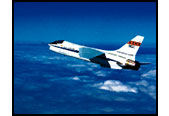 |
1972F-8C Digital-Fly-By-Wire Control System
was tested. The use of electrical and mechanical systems to
replace hydraulic systems for aircraft control surface actuation
was flight-tested.
|
 |
|
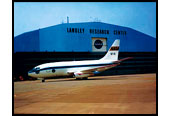 |
19741997The NASA 737 research aircraft
was used for flight-testing a variety of large transport aircraft
technologies, such as glass cockpits, airborne
wind shear detection, microwave landing systems, and head-up
displays.
|
 |
|
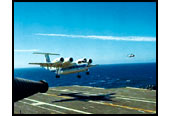 |
19741981Powered Lift Technology Quiet
Short-haul Research Aircraft (QSRA) program developed and
demonstrated technologies necessary to support short-takeoff
and high-lift cargo aircraft. These technologies were employed
on the C-17 Globemaster III.
|
 |
|
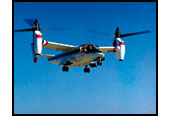 |
19761978The NASA-Army-Bell XV-15 tiltrotor
research aircraft hovered (1976) and then demonstrated conversion
and forward flight (1978) as the first tilting rotor vehicle
to solve the problems of prop whirl. Its success
directly led to the V-22 Osprey development.
|
 |
|
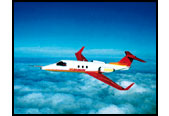 |
19791980Winglets, or small wings, which
were applied at the tips of the aircrafts main wing
to improve vehicle aerodynamics, were first flown. Originally
used on KC-135 aircraft to improve fuel efficiency, they are
now universally accepted.
|
 |
|
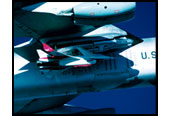 |
19791983Highly Maneuverable Aircraft Technology
(HiMAT) introduced on first unpiloted subscale flight-test
vehicle. The outcome was used to validate technologies for
future fighter aircraft. The extensive uses of composites,
winglets, and canards appeared on other aircraft.
|
|
|
back to the top
|



















